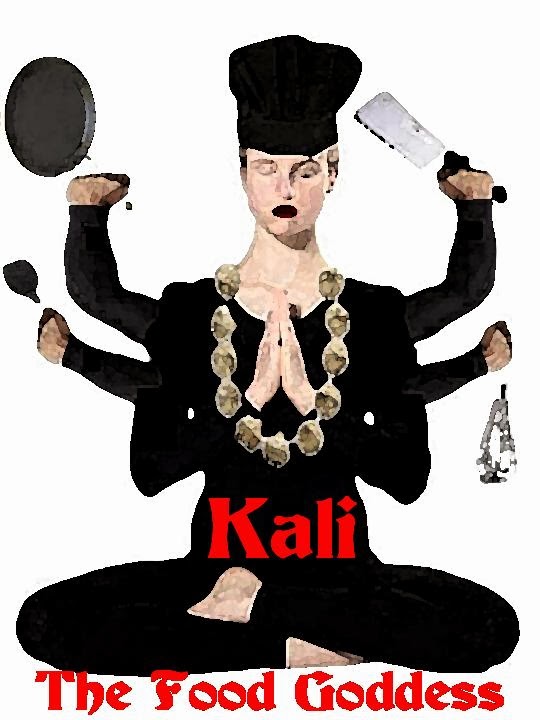For
the foreseeable future I am working in Sunset Park, below historic Green-Wood Cemetery:
I
love that I am literally minutes away from my house. In fact, if all
public transportation breaks down into complete chaos or total
shutdown, I can walk home and be there in about half an hour.
As
I vet the job in terms of tasks required, I pre-vetted the location
for important things, like food available in the immediate vicinity
of the office. This is what I reported to my friends:
- One block away south: pizzeria.
- One block away north: pizzeria (this is Brooklyn!), Latino diner, coffee shop and grill, another Latino coffee shop and grill, (there's also a White Castle, but no!), a deli and one Chinese restaurant.
- Two blocks north: Subway, another Chinese restaurant, Mexican restaurant, two more delis, the Tiki bar, and a cemetery ('cause zombies gotta eat too).
I'm
certain that if I expand my search upwards to 36th Street, the
transportation hub for the area, there will be a few more
pizzerias, several taquerias, and more Chinese take-out restaurants.
We have a lot more food alternatives since Ralph Kramden worked in the 'hood. In fact, now that the bus depot is named after Jackie Gleason, it occurs to me that Ralph Krandem was a genius ahead of his time (remember the time he wanted money to start a food truck? Those things are cash cows!!!).
We have a lot more food alternatives since Ralph Kramden worked in the 'hood. In fact, now that the bus depot is named after Jackie Gleason, it occurs to me that Ralph Krandem was a genius ahead of his time (remember the time he wanted money to start a food truck? Those things are cash cows!!!).
There
is a variety of mom-and-pop shops, bodegas (urban corner stores that
combine candy story and tiny supermarket in one weird tiny package
that includes lots of canned foods and neighborhood gossip),
pizzerias, and some fast food alternatives. A few blocks below
Chinatown, we do have almost as many Chinese take-out places as any
city.
Because
there is a growing Central American population, the area is also
known for a lot of tiny taquerias and a string of various Mexican
restaurants specializing in different local cuisines. The established
Latino population—we now take a moment to consider native son Jimmy
Smits...
...and
we're back, heaving bosom and breathless. As I was saying, the established Latino
population tends to be Puerto Rican and Dominican, which gives us
such gems as mangú with cheese and eggs for breakfast (a dish of mashed plantains slightly different from the mofongo introduced last time):
One
of the American diners, Big John, offers fries with cheddar and bacon
(oh yes!):
It
is not as varied as my old gig at 16th Street and Irving
Place where we had a delivery area that included the Village,
Chelsea, and the Union Square areas (including the French bakery that
made chicken pot pies on Wednesday only between Fall into Spring).
On the other hand, we have plenty of comfort food (and there are
healthy alternatives too, just not as much fun to talk about). The
biggest comfort and the greatest selling point is being so close to
our own kitchen and my favorite cook.
Quality time with Mom trumps a
lot of fringe benefits because it is the best benefit of all: Pure
sweetness with no calories, plus it's good for you.
One runs the risk of becoming awfully provincial with the temptation never to leave Brooklyn because I have all I need here.
Bridge to bridge, worst things could happen to a person, I say!
You have to be dynamic while defining the parameters for happiness and comfort as they meet the reality you inhabit. Brooklyn and Mom are exactly what I need. That combo is pure soul food!














